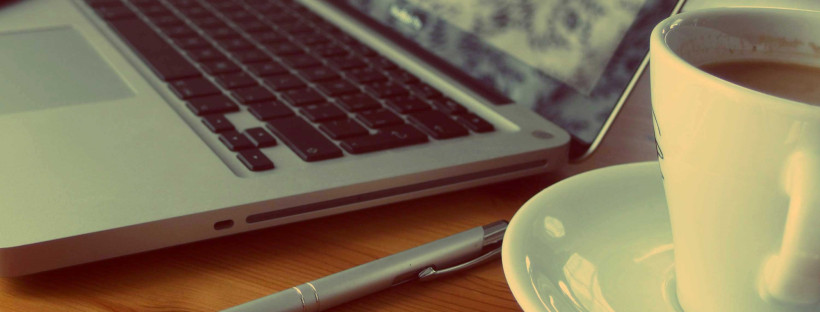Bloggers, this one’s for you, though I know of a few book authors who could use the reminder. While a happy splash of dashes may seem to help illuminate your text and maybe even add some action to it, the unintended result is usually a distraction and disruption to the reader.
Here’s a great piece from Slate that does an exceptional job of illustrating the problem. You’ll see a reference to the “em dash”; it’s the dash you’re used to seeing in this kind of application. Longer than a hyphen, the “em” refers to the amount of space taken up by the dash: the width of the letter “m.”
According to the Associated Press Stylebook— Slate’s bible for all things punctuation- and grammar-related—there are two main prose uses—the abrupt change and the series within a phrase—for the em dash. The guide does not explicitly say that writers can use the dash in lieu of properly crafting sentences, or instead of a comma or a parenthetical or a colon—and yet in practical usage, we do. A lot—or so I have observed lately. America’s finest prose—in blogs, magazines, newspapers, or novels—is littered with so many dashes among the dots it’s as if the language is signaling distress in Morse code.
What’s the matter with an em dash or two, you ask?—or so I like to imagine. What’s not to like about a sentence that explores in full all the punctuational options—sometimes a dash, sometimes an ellipsis, sometimes a nice semicolon at just the right moment—in order to seem more complex and syntactically interesting, to reach its full potential? Doesn’t a dash—if done right—let the writer maintain an elegant, sinewy flow to her sentences?
Here’s the full article: The Case—Please Hear Me Out—Against the Em Dash. Read the entire article to get the full effect; it certainly has helped drive the point home to me. Like it has been for the article’s author, the dash has been my “embarrassing best friend,” so believe me, I have felt the pain of having the support of the dash taken out of my desperately clutching hands. But you can do this! Give it a try!
